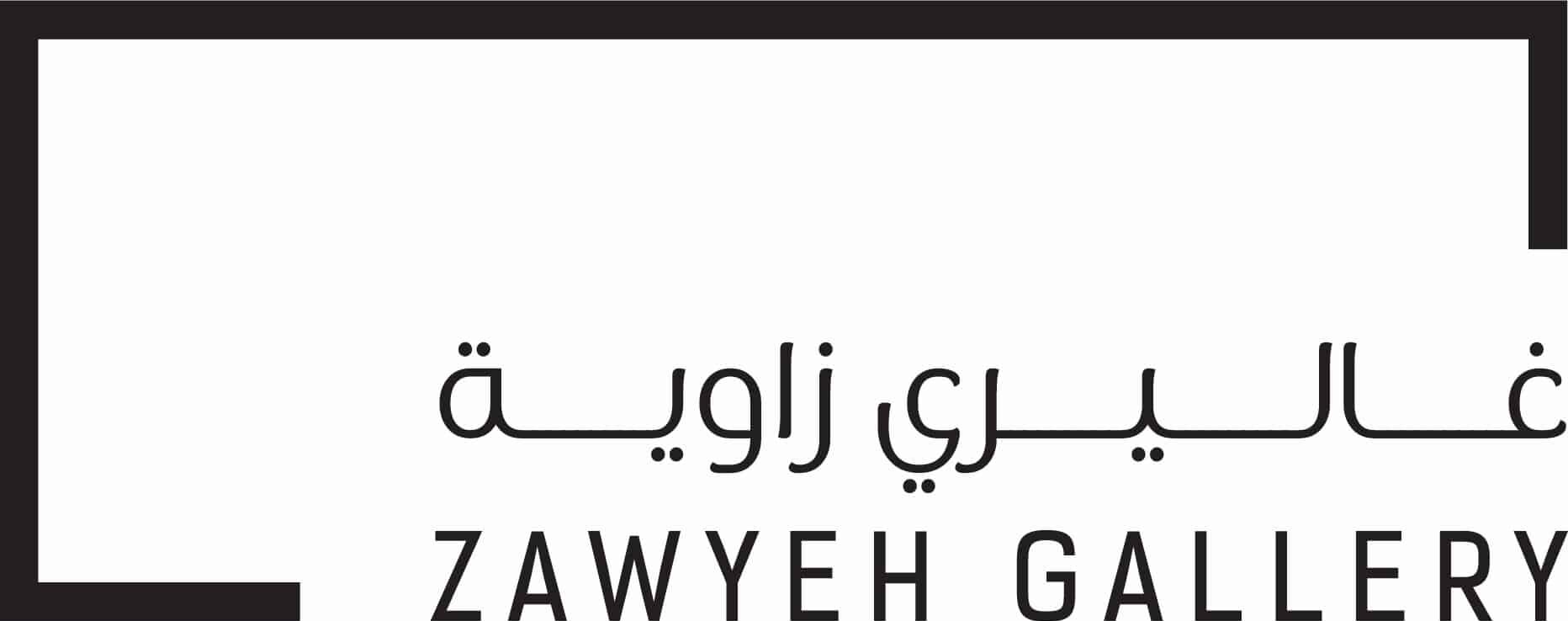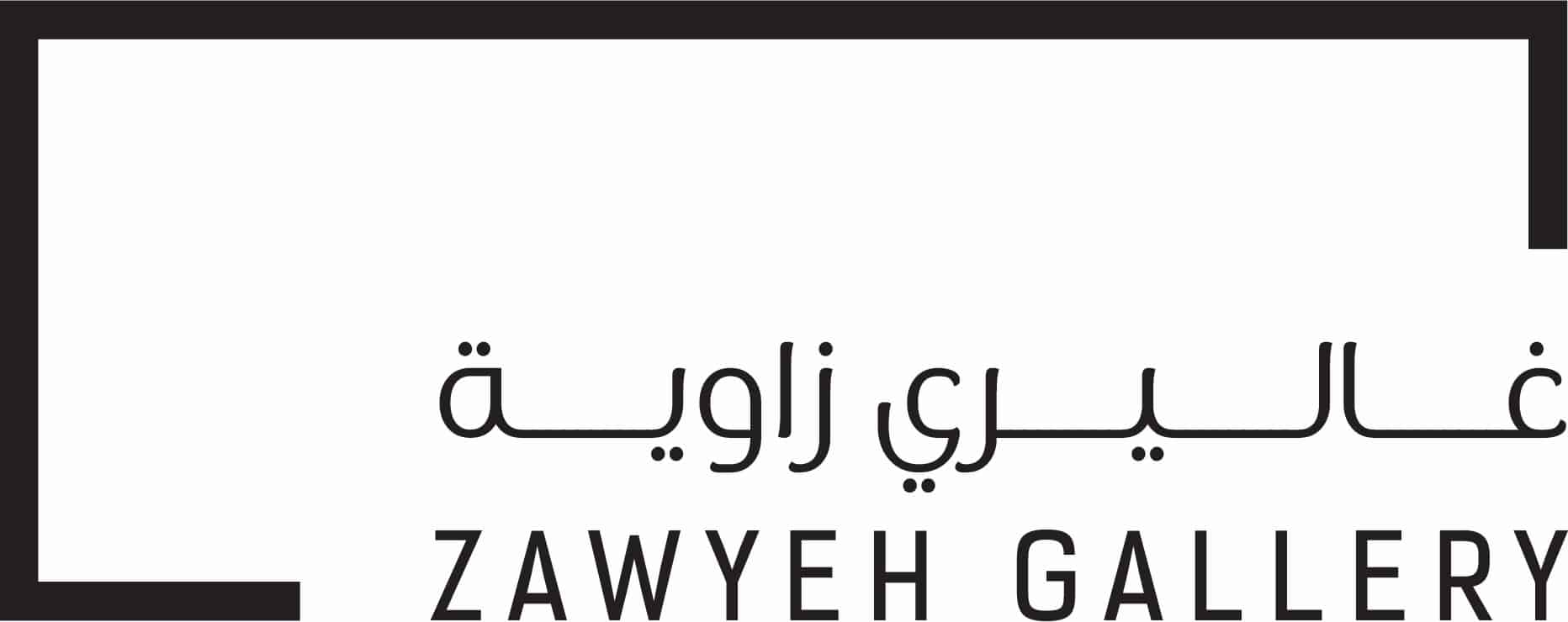Ismail Shammout, born in 1930 in Lydd, Palestine, has long been recognized as Palestines leading modernist painter and art historian. During his early years in elementary school, he was already spotted for his artistic talent. He was taken under the wing of his teacher, Dawud Zalatimu, who taught him how to draw with pencil, ink, watercolors, and to sculpt in limestone.
Forced to flee their home during the Nakba of 1948, he and his family marched on foot to settle in the refugee camps of Khan Younis in Gaza, where they resided under harsh conditions. His young brother Tawfiq died of thirst before they arrived at the village of Nilin, near Ramallah. Shammout documented that march of death, exhaustion, and thirst in several paintings executed in the 1950s.
After volunteering to teach drawing at refugee schools, he managed to join the Fine Art Academy in Cairo. He later received a scholarship at the Accademia di Belle Arti in Rome where he remained for two years before moving to Beirut. After finishing his studies in 1959, he married Tamam Al-Akhal, a fellow art student from Cairo. They both worked closely together, training art teachers in Beirut, Jerusalem, the West Bank and the Gaza Strip.
Ismail Shammout always made it a point to never cease depicting the Palestinian exodus in his work. He was a committed artist who’s style dominated the current scene, being widely distributed in camps and houses and in solidarity campaigns. Some of his works can be regarded as iconic for the Palestinian people, as it symbolized the very struggles and experiences living under occupation.
Ismail Shammout, who himself experienced expulsion and refuge and accompanied later the birth of the Palestinian Revolution in the 1960s, became since the very early days of his professional live along with his partner Tamam El-Akhal the “artistic face” of the Palestinian Freedom Struggle. He has been long recognized as Palestine’s leading modernist painter. His experience of dispossession and the memories of beloved Palestine, the dreams of return as well as the dignity and pride of his people formed the soul of his art. The simplicity of the themes and his outstanding artistic skills let his works enjoy a widely spread popularity which significantly shaped modern Palestinian Art.
WORKS
Join our Newsletter
Sign up for our Newsletter and get all the latest news

